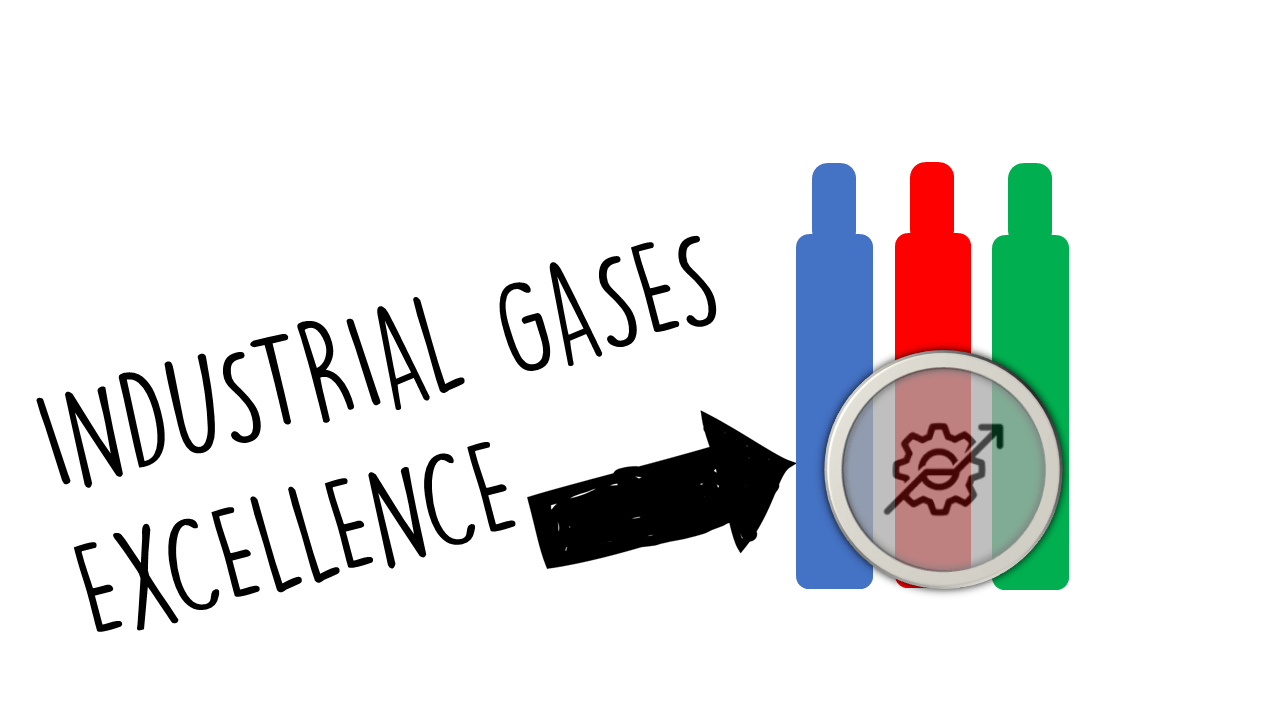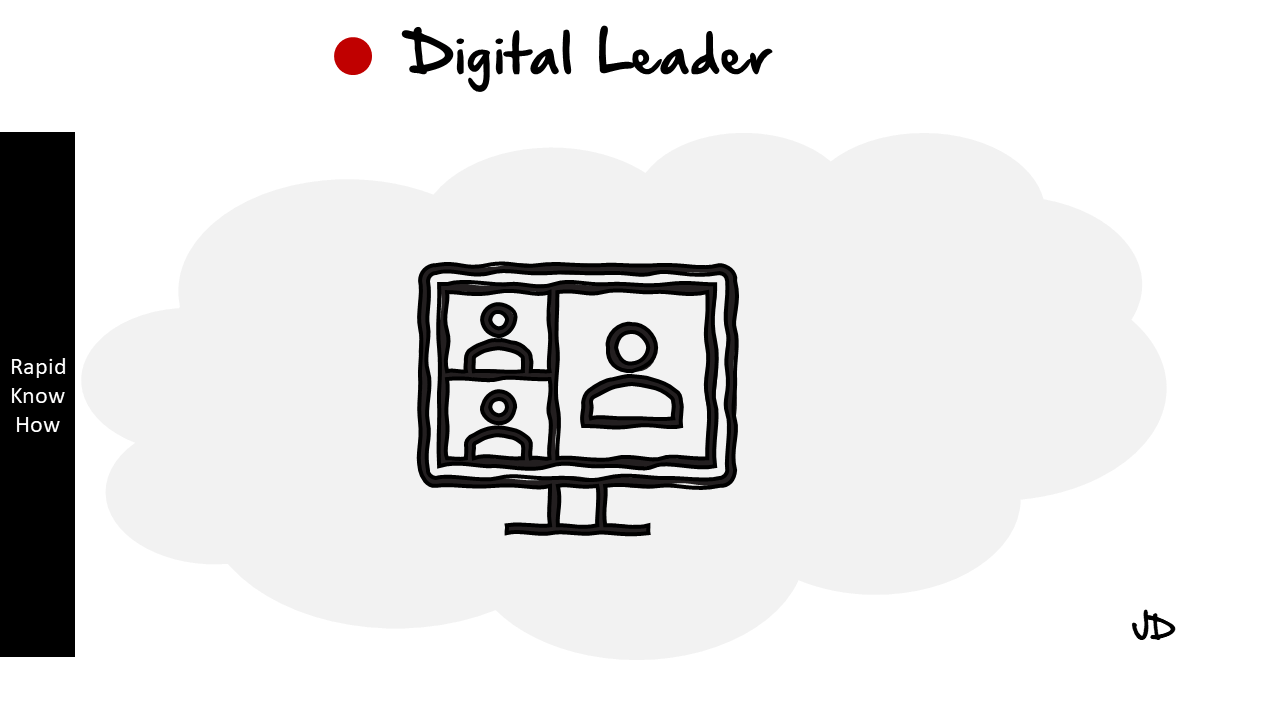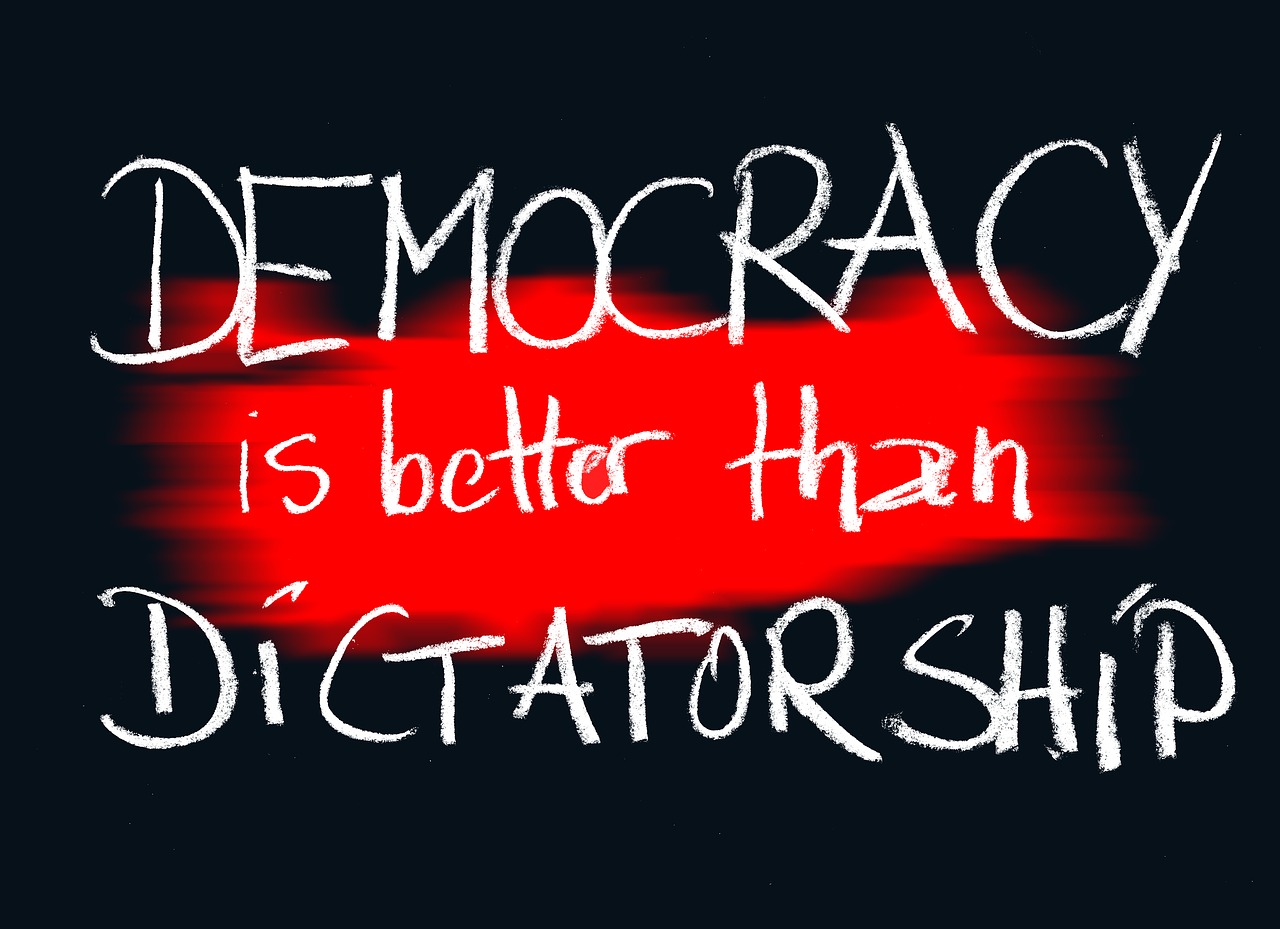In the industrial gas business, the terms “flatrate framing” and “re-framing” can refer to various pricing strategies, service models, or operational frameworks used to optimize service delivery and customer engagement.
Here’s a deeper look into these concepts:
Flatrate Framing
Flatrate Framing typically refers to a pricing model where customers pay a fixed fee for services, regardless of the quantity of gas consumed or the frequency of delivery. This model can offer several advantages:
- Predictable Costs: Customers can budget for their gas expenses more effectively without worrying about fluctuations in price based on market conditions or usage.
- Simplicity: This approach simplifies billing and administration for both the provider and the customer, reducing confusion around pricing structures.
- Encourages Loyalty: Offering a flatrate can strengthen business-customer relationships, as clients may prefer the stability it provides.
- Operational Efficiency: Providers can optimize delivery schedules and service calls, potentially reducing logistics costs.
Applications in the Industrial Gas Sector:
- Bulk Deliveries: A flat fee for consistent supply of gases (like oxygen, nitrogen, or argon) for industries such as welding, manufacturing, or healthcare.
- Maintenance Services: Providing a fixed-rate package that includes regular tank inspections, maintenance, and refill services.
Re-Framing
Re-Framing involves re-evaluating and potentially restructuring existing business models or service offerings to better meet market demands or operational efficiencies. In the context of the industrial gas business, it might include:
- Market Adaptation: Shifting strategies to adapt to changing market conditions, such as increased competition, regulatory changes, or shifts in customer preferences.
- Service Diversification: Expanding the range of gases offered or introducing value-added services (e.g., gas mixture formulations, training for safe handling, or integration with other industrial processes).
- Emphasis on Sustainability: Reevaluating offerings to include eco-friendly products, like green hydrogen production or carbon capture technologies in response to environmental regulations.
- Technological Integration: Leveraging new technologies for monitoring gas usage or predictive maintenance, enhancing the value proposition for customers.
Applications in the Industrial Gas Sector:
- Adjusting pricing structures in response to market needs, such as offering subscription-based services for continuous supply.
- Enhancing customer engagement through digital platforms that allow real-time monitoring and ordering of gas supplies.
Conclusion
Both flatrate framing and re-framing are strategies that can enhance the efficiency and attractiveness of an industrial gas business.
By implementing a flatrate model, companies can simplify their pricing structure and improve customer loyalty.
Re-framing, on the other hand, allows for flexibility and responsiveness to market changes, ensuring that the business remains competitive and aligned with customer needs. Companies in this sector can benefit from continually assessing and refining their strategies in these areas.




